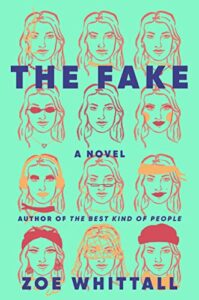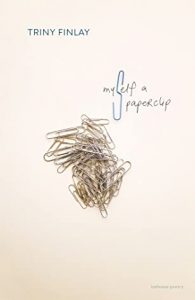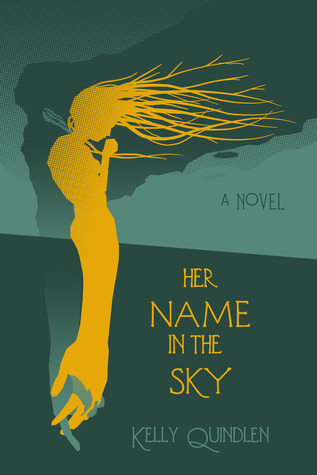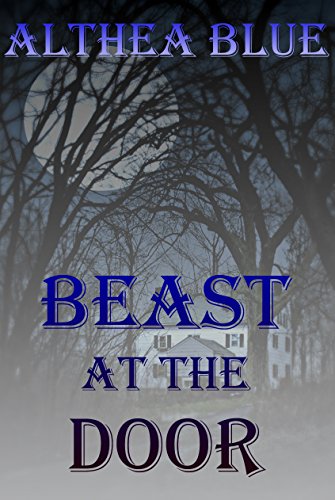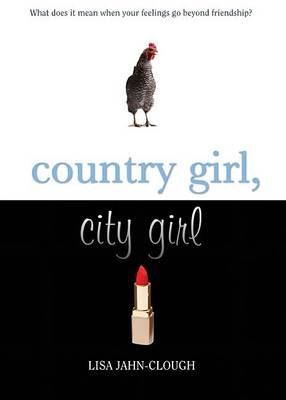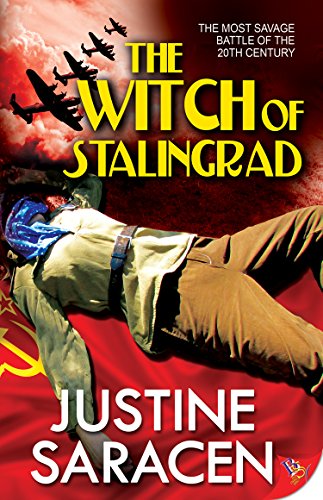Amazon Affiliate Link | Bookshop.org Affiliate Link
A short novel with a lot of heart and an unputdownable plot, Zoe Whittall’s The Fake (2023 Ballantine Books) is a fabulously smart story.
The Fake follows Shelia and Gibson, two unconnected characters who are drawn unwittingly into the same oppressive scheme. Shelia is still reeling from the sudden death of her wife, whose loss has left a bottomless pit of grief in her life. Gibson is similarly in limbo, having recently divorced his wife and moved into his own bachelor’s apartment, which, for Gibson, could not be more depressing. Both Shelia and Gibson are at their lowest when they suddenly meet the stunning, charismatic, deeply relatable Cammie.
Shelia finally finds someone who can relate to her grief and trauma. And when Cammie unfairly loses her job and reveals that she is in treatment for kidney cancer, Shelia comes to the rescue, finally discovering a new sense of purpose after weeks lost in grief. Gibson can’t believe his luck: Cammie is so beautiful, it almost seems too good to be true that she’s actually interested in him. But eventually, both Shelia and Gibson begin to sense that something isn’t right about Cammie, and as more inconsistencies start to crop up, the two begin to wonder: is Cammie really who she says she is, or is she a con artist? As Shelia and Gibson come together to solve the mystery that is Cammie, they begin to confront the things about their own characters that haunt them.
I actually purchased this book on Canadian author Heather O’Neill’s recommendation. I’d never read Whittall’s fiction before, but I was delighted by this novel. Its short, punchy character kept me engaged and reading. Shelia’s very real, very queer, and very domestic grief over the tragic loss of her wife was so heartfelt and relatable. She was absolutely my favourite character—she felt very honest and unique. Shelia is also a character with a great deal of mental health struggles, and her visceral pain made her seem both vulnerable and brave.
Shelia’s relationship with Cammie was captivating, and so was Cammie as a character. Whittall really keeps you guessing as to who Cammie is and what her motivations are. We, like Shelia and Gibson, can’t tell truth from fiction when it comes to her. It’s easy to see how characters are drawn into her orbit, and it’s clear that Whittall did a great deal of research into how these types of manipulative personalities function. Between the three central characters, Whittall did careful work to show us how the flaws and strengths of each figured into their interactions with one another.
I really recommend The Fake if you’re looking for an excellent, short summer read that you’ll keep thinking about after you’ve read the final page!
Please add The Fake to your TBR on Goodreads and follow Zoe Whittall on Twitter.
Rachel Friars is a writer and academic living in Canada, dividing her time between Ontario and New Brunswick. When she’s not writing short fiction, she’s reading every lesbian novel she can find. Rachel holds two degrees in English literature and is currently pursuing a PhD in nineteenth-century lesbian literature and history.
You can find Rachel on Twitter @RachelMFriars or on Goodreads @Rachel Friars.

